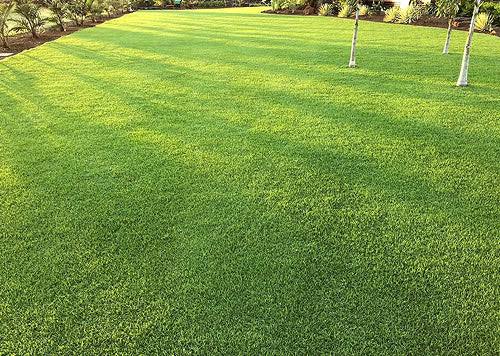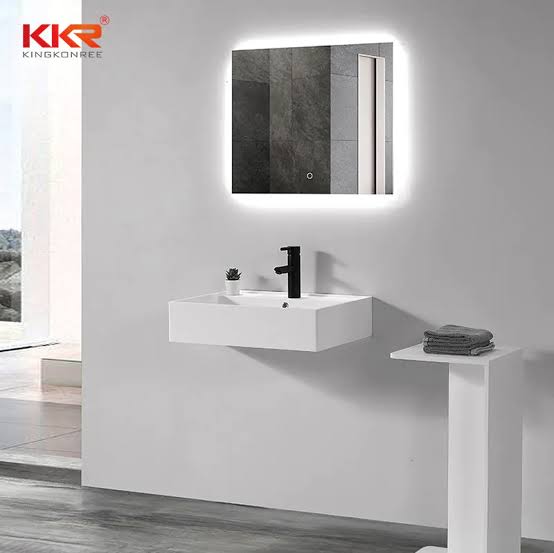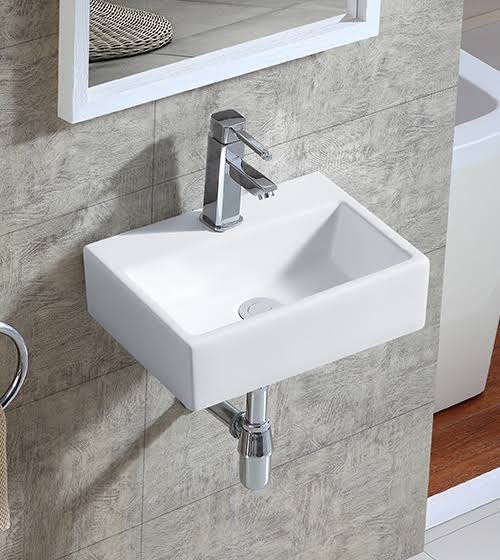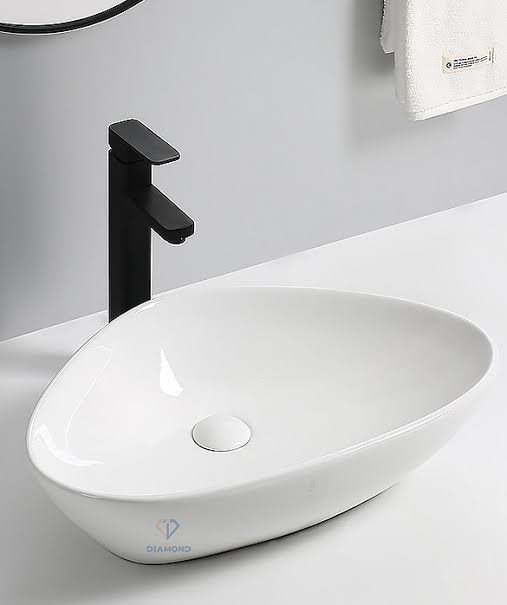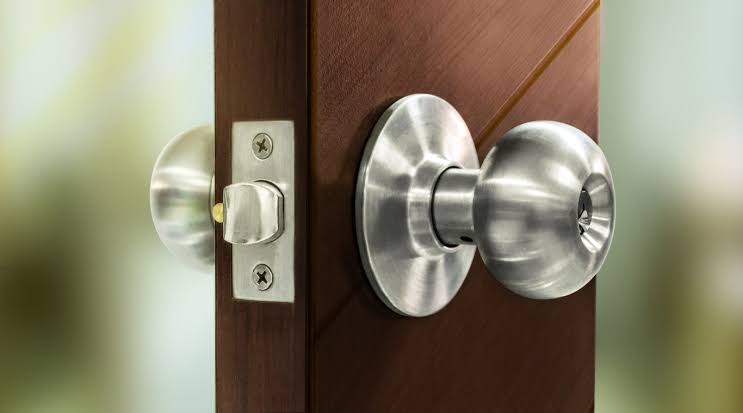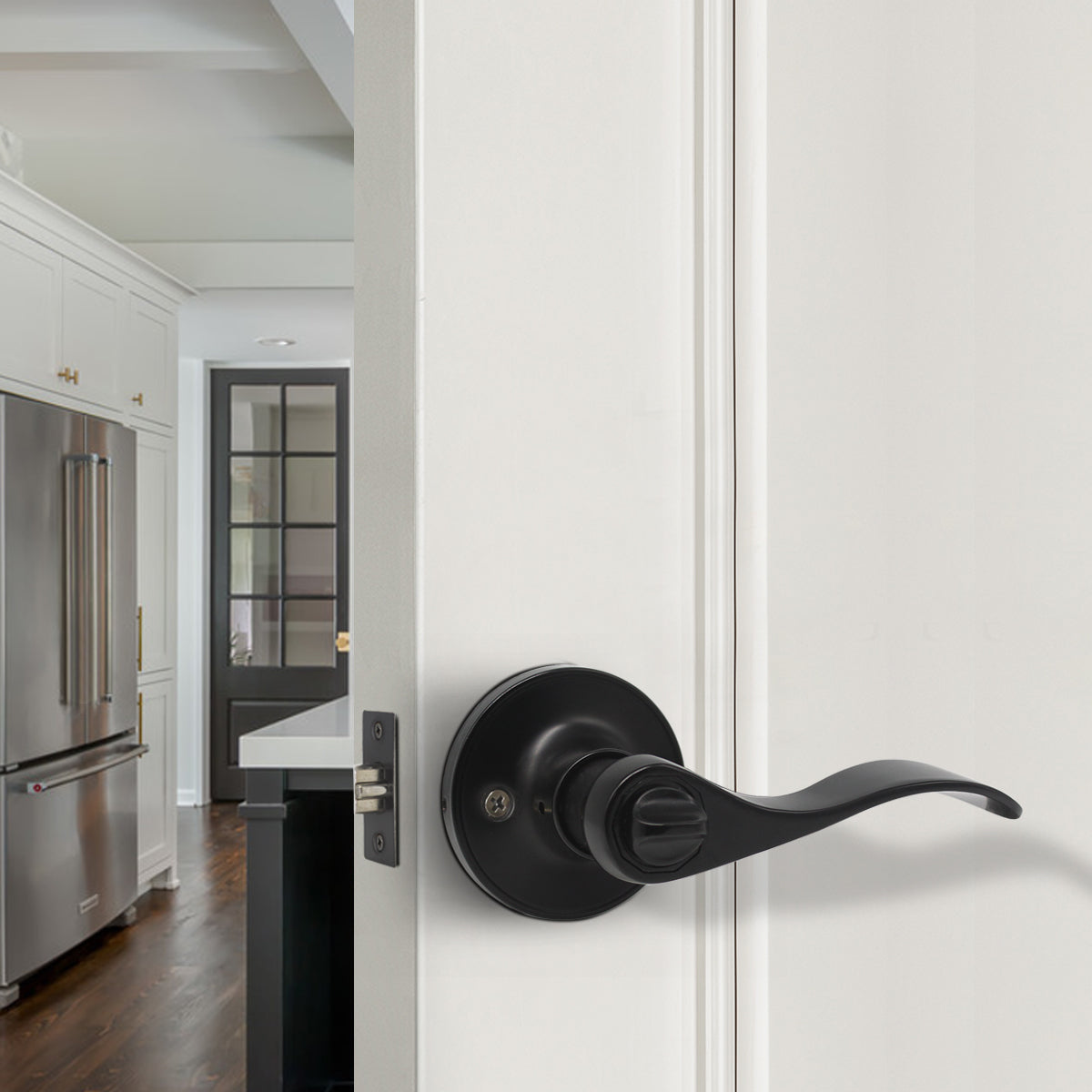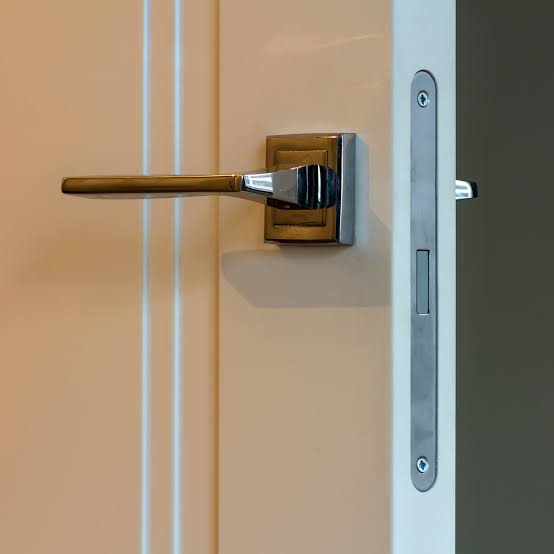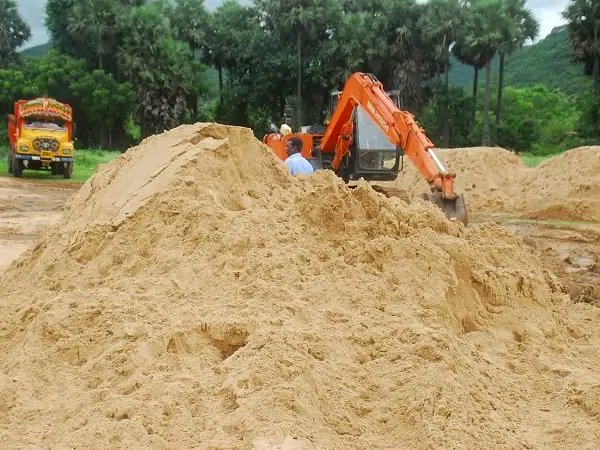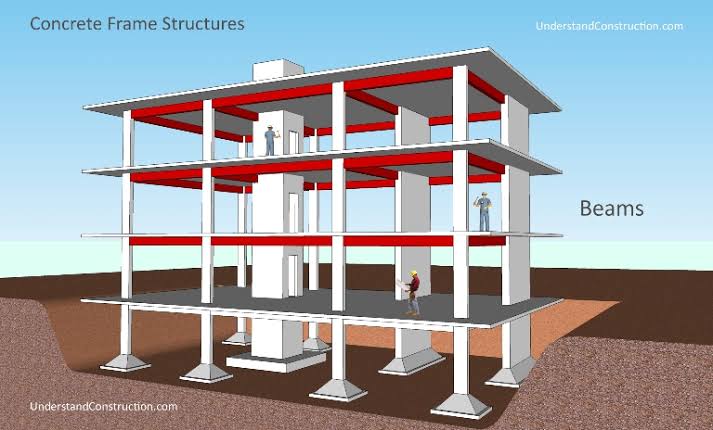TYPES OF CEILING MATERIALS AVAILABLE IN KENYA (Bet you didn't know the last 2)
Bookmark and Rt
1. Gypsum
Today many people don't like this but to note is that gypsum ceilings can be plain or fancy. The choice is yours.




Bookmark and Rt
1. Gypsum
Today many people don't like this but to note is that gypsum ceilings can be plain or fancy. The choice is yours.




2. Wood TnG
TnG stands for Tongue and Groove.
You can go with cypress, teak, mahogany, mvule etc (in order of price)




TnG stands for Tongue and Groove.
You can go with cypress, teak, mahogany, mvule etc (in order of price)




3. Chip boards
This is what most of us grew up with
Many people find them outdated
They apre affordable
Easier to install
This is what most of us grew up with
Many people find them outdated
They apre affordable
Easier to install

5. Fibre cement
Good for exterior
They are waterproof
Require proper workmanship during installation


Good for exterior
They are waterproof
Require proper workmanship during installation


7. Plaster of Paris Ceiling
• Commonly known as POP
• Creates designs using a dry gypsum powder mixed in water
• Can be moulded in any shape
For more articles like this, LIKE 👍 RT AND FOLLOW
#JengaUshago

• Commonly known as POP
• Creates designs using a dry gypsum powder mixed in water
• Can be moulded in any shape
For more articles like this, LIKE 👍 RT AND FOLLOW
#JengaUshago

• • •
Missing some Tweet in this thread? You can try to
force a refresh












